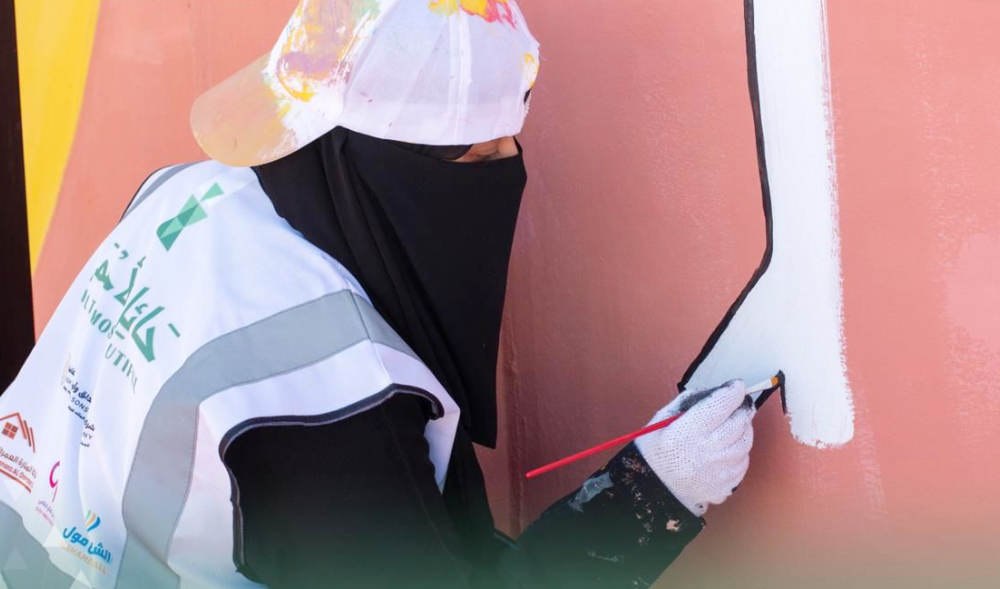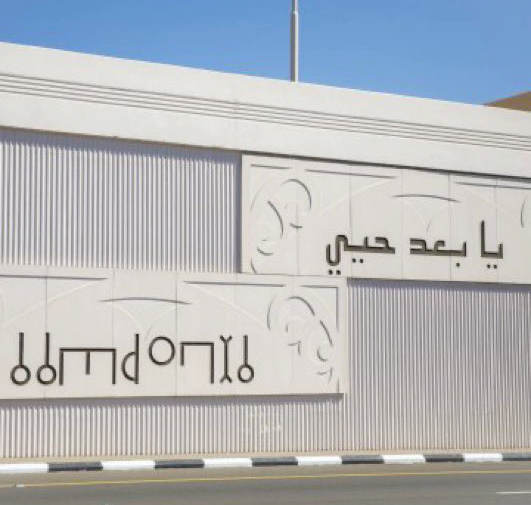MAKKAH: Ancient Thamudic inscriptions and drawings adorn almost every street and alleyway in Hail, a testament to the region’s ancient cultural legacy, which has been drawing increasing numbers of tourists to the area.
This cultural and diverse production of the Thamudic language is present in all services and products provided by different government sectors.
Saud Al-Ali, General supervisor of media and corporate communication at Hail municipality
This city in the north of the country has thousands of Thamudic inscriptions dating from 8th century BC to the 3rd century AD, highlighting in detail the social life of various communities. It is the richest and most diverse rock art found in Saudi Arabia, according to UNESCO.
Saud Al-Ali, the general supervisor of media and corporate communication at Hail municipality, told Arab News that the drawings and inscriptions have been incorporated into public spaces. “This cultural and diverse production of the Thamudic language is present in all services and products provided by different government sectors,” he said.
Artists from Hail are using Thamudic to adorn the city’s landmarks including its gates, the regional airport, and King Fahd Road.
FASTFACTS
• Hail has thousands of Thamudic inscriptions dating from 8th century BC to the 3rd century AD, highlighting in detail the social life of various communities.
• It is the richest and most diverse rock art found in Saudi Arabia, according to UNESCO.
• Several inscriptions can be also found in different places, ‘enriching this ever-renewed cultural diversity of a city deeply rooted in history.’
“Several inscriptions can be also found in different places, enriching this ever-renewed cultural diversity of a city deeply rooted in history,” he said. “Hail citizens and visitors were really impressed by these inscriptions that connect the present to the past.”
Al-Ali said that these artworks have strengthened the status of the city as a tourist destination, which has recently also been highlighted by the Dakar International Rally using it as part of its route.
Al-Ali said the late artist Youssef Al-Shugdali supervised many artworks in the city, and created a massive mural using some of these inscriptions to reflect his love for the area and its “welcoming spirit and hospitality.”
Al-Ali said the Umm Sinman mountain in Hail has many Thamudic inscriptions. “These murals, far from being silent, are expressive,” he said. It has inspired young people to learn the language, he added.


















